Baojun Joins Huawei's Circle of Friends: First Hi-Mode Vehicle Expected This Year
![]() 08/19 2025
08/19 2025
![]() 672
672
As new HarmonyOS Intelligent Driving products continue to expand, Huawei's cooperation plans for its Hi mode are also emerging. Recently, rumors have circulated that the partnership between SAIC-GM-Wuling and Huawei will soon be upgraded, with the Baojun brand potentially adopting Huawei's deeply empowered Hi mode.

While SAIC-GM-Wuling remains cautious, stating that "everything is subject to official announcements," the company's technical executives have confirmed that the fruits of their cooperation will be unveiled by 2025. The first model is likely to be an SUV priced at 150,000 yuan, equipped with Huawei's Kunlun Intelligent Driving System. This marks the first time Huawei's advanced intelligent driving technology has crossed the 200,000 yuan price threshold, truly reaching the mass consumer market.
Why Did Baojun Choose Hi Mode?
Wuling, once known for its slogan "whatever the people need, Wuling will build it," is now facing the challenge of brand premiumization. From January to July 2025, SAIC-GM-Wuling sold over 880,000 vehicles, with new energy vehicles accounting for 56% of total sales. However, its main models are still deeply entrenched in the low-end market, and the lack of brand premiumization is increasingly evident.
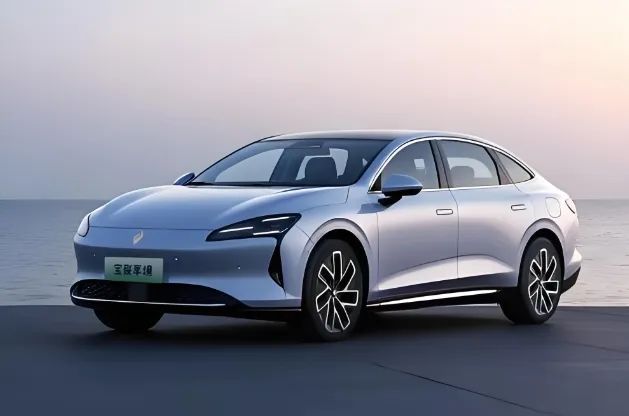
Baojun's attempts at brand premiumization have encountered setbacks. In April 2025, Baojun launched the Enjoy model equipped with a pure vision intelligent driving solution developed in cooperation with DJI, entering the market with a starting price of 129,800 yuan. Although orders exceeded 5,000 units within 17 days of pre-sale, the overall performance of intelligent models in the market remained unsatisfactory.
Since its launch, the cumulative sales of Baojun Yunhai have been less than 20,000 units, highlighting the difficulty in breaking through consumer perception barriers without strong technical endorsement for the intelligent route.
Meanwhile, Huawei is making rapid progress in the intelligent automobile field. On August 12, Jin Yuzhi, CEO of Huawei's Intelligent Automobile Solutions BU, announced that vehicles equipped with the Kunlun Intelligent Driving System have surpassed 1 million units. This achievement was reached just 10 months after the initial announcement of 300,000 units, setting a new record for the fastest commercial growth of intelligent driving solutions globally.
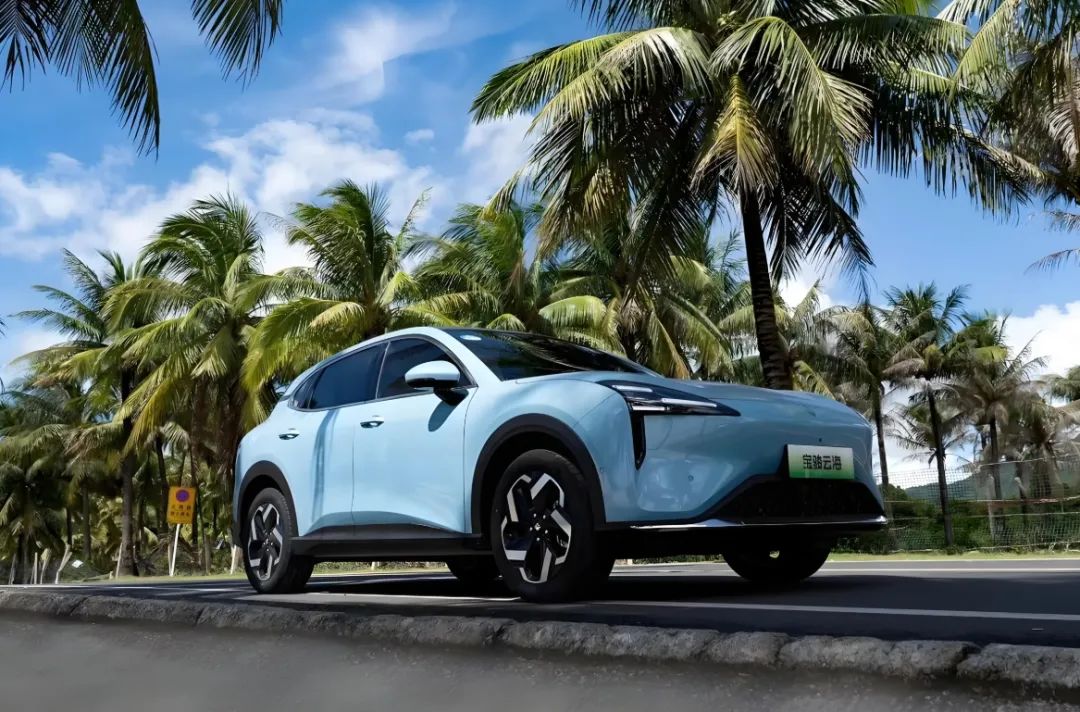
Amid the wave of technology popularization, Huawei's Kunlun Intelligent Driving System has expanded its coverage from the initial six models in April 2024 to 22 models, spanning the full price range from 150,000 yuan to over 1 million yuan. Baojun needs Huawei's technological halo to break into the high-end market, while Huawei needs Wuling's scale effect to accelerate the popularization of intelligent driving. This mutual need has facilitated an upgrade from early cooperation to a deeper partnership between the two parties.
Huawei: The Key to Premiumization
Huawei's Kunlun Intelligent Driving System has become a 'technology certification' recognized by the market. Data from July 2025 shows that users equipped with this system have driven an average of 699 kilometers with assisted driving, equivalent to each user delegating 23 minutes of driving tasks to the system daily. This data is 2-4 times the industry average.

As a 'killer application,' assisted parking has been invoked a cumulative total of 260 million times, with an average of 26 'automatic reverse parking' operations per vehicle. These real data provide strong support for Huawei's Kunlun technology endorsement.
For Baojun, Huawei's technological endorsement will directly enhance the competitiveness of its products in the 150,000 yuan market. According to multiple sources, the first cooperative model will be an SUV priced at 150,000 yuan, with an internal code name of 710s.
Unlike simple component supply, Hi mode means that Huawei will deeply participate in the entire process from vehicle architecture design, intelligent driving system development, to continuous upgrades and iterations. This deeply bound model has previously only been applied in high-end brands such as AITO.
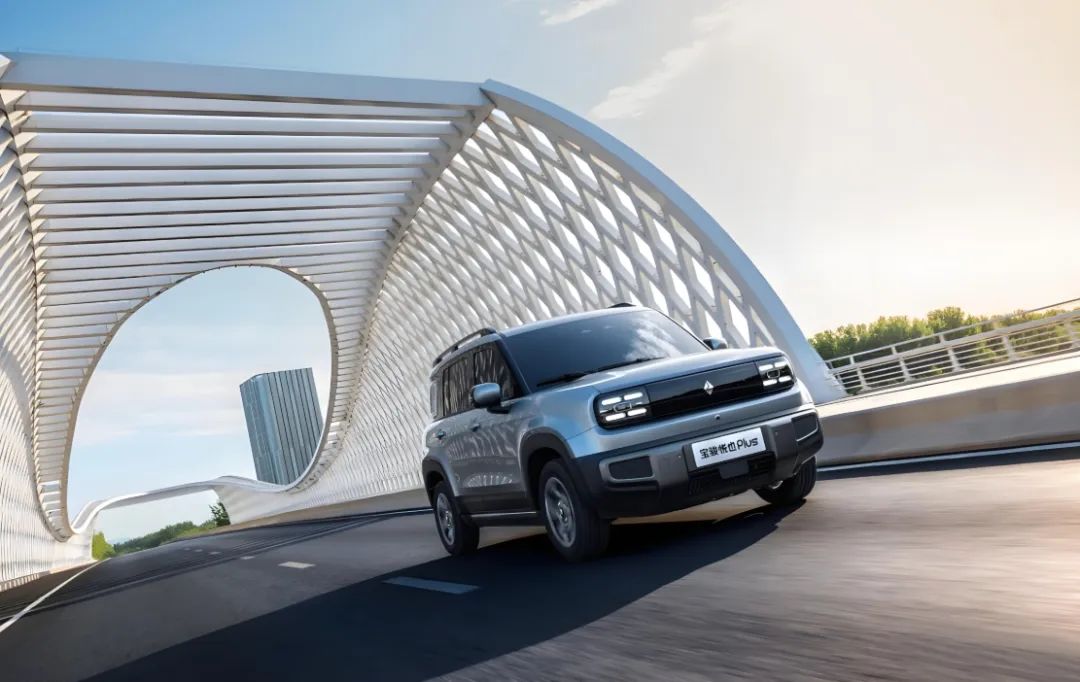
In terms of technical configuration, the 150,000 yuan model may be equipped with Huawei's ADS 4 SE or Pro-level system, and may even be equipped with the new in-car lidar adopted in the mid-to-low trim models of Wenjie M7. This will enable Baojun to outperform competitors in the same price range in terms of active safety and parking assistance.
Huawei's Kunlun Intelligent Driving System has already verified its ability to popularize technology in the 150,000 yuan market. The 2026 model of Deep Blue L07, priced from 135,900 yuan, comes standard with the ADS SE system across all trims, and its automatic parking success rate is 37% higher than competitors in the same price range. This technology transfer provides a successful case for Baojun to draw inspiration from.
Dual-Line Layout Complements Shangjie
SAIC Motor and Huawei's cooperation presents a clear strategic layout. Their cooperation logic reveals a dual-line parallel strategy: earlier this year, SAIC and Huawei jointly established a new brand 'Shangjie,' targeting the 150,000-200,000 yuan mid-to-high-end pure electric market, with the first model planned to be unveiled on September 12.
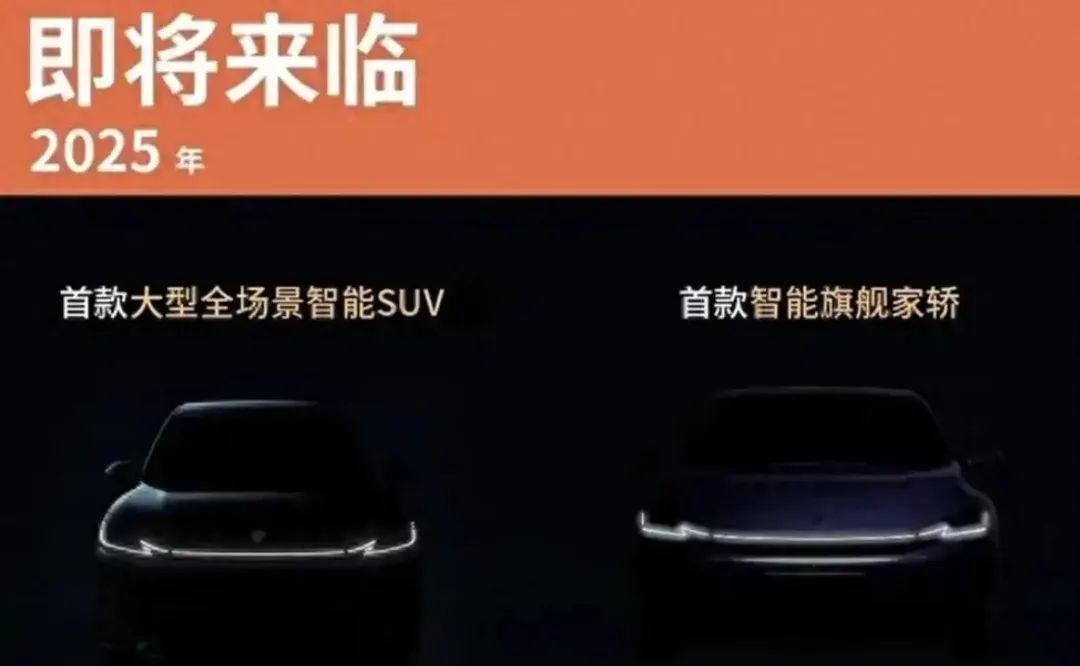
Meanwhile, Wuling's cooperation with Huawei precisely targets the mass market below 150,000 yuan. The two form a gradient connection in the price range, jointly covering the core areas of China's passenger vehicle market. Industry statistics show that the 100,000-150,000 yuan range accounts for over 30% of China's passenger vehicle market, making it a strategic stronghold that determines the industry landscape.
The Shangjie brand has already demonstrated strong market appeal. As a new member of the HarmonyOS Intelligent Driving system, Shangjie's store recruitment has attracted over 1,000 dealers, including 'defectors' from luxury brand 4S stores such as Porsche, Volvo, and Lotus.
SAIC's positioning of Shangjie clearly aims for 'rapid volume growth,' attempting to carve out an affordable incremental space outside the fiercely competitive mid-to-high-end market. Baojun, on the other hand, continues Wuling's approach of "whatever the people need, we will build it." To support its premiumization transformation, Baojun is accelerating the construction of an independent brand operation system, planning to establish over 800 independent showrooms.

This layered layout not only avoids internal competition but also amortizes hardware and computing power costs through dual-line synergy, enabling large-scale reuse of the technology stack within the group.
Industry experts analyze: "Whether it's the component mode, Hi mode, or HarmonyOS Intelligent Driving, Huawei is trying to enter relatively blank niche markets. Baojun needs volume models priced above 150,000 yuan to enhance its brand image, while Huawei also needs to increase the coverage of Kunlun Intelligent Driving in the market below 200,000 yuan." This complementary cooperation mode opens up a win-win space for both parties.
Conclusion:
As the launch date of the cooperative model approaches the end of the year, the competitive landscape of intelligence in the 150,000 yuan market will be reshaped. The scale effect of Huawei's Kunlun Intelligent Driving System surpassing 1 million installations, combined with Wuling's manufacturing capabilities in its 'globally pioneering island-style super factory,' provides a solid foundation for technology popularization.
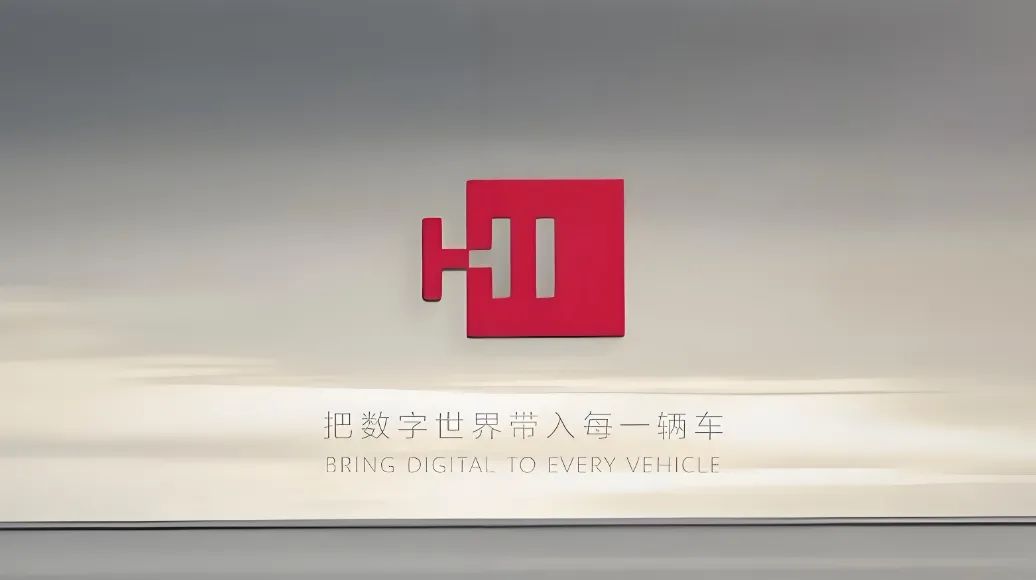
SAIC Motor and Huawei's dual-line layout is clear: Shangjie relies on HarmonyOS Intelligent Driving channels, focusing on mid-size SUVs priced at 150,000 yuan; while Baojun cuts into the same price market with the Hi mode, covering consumer groups that place more emphasis on cost-effectiveness.
As 'Huawei Kunlun' becomes the dividing line between high and low trim levels in car sales, technology popularization is dismantling price barriers. This intelligent popularization movement initiated by Wuling and empowered by Huawei may change the perception of Chinese families towards intelligent automobiles – high-end technology is no longer exclusive to luxury vehicles but will become a standard choice for ordinary families.





